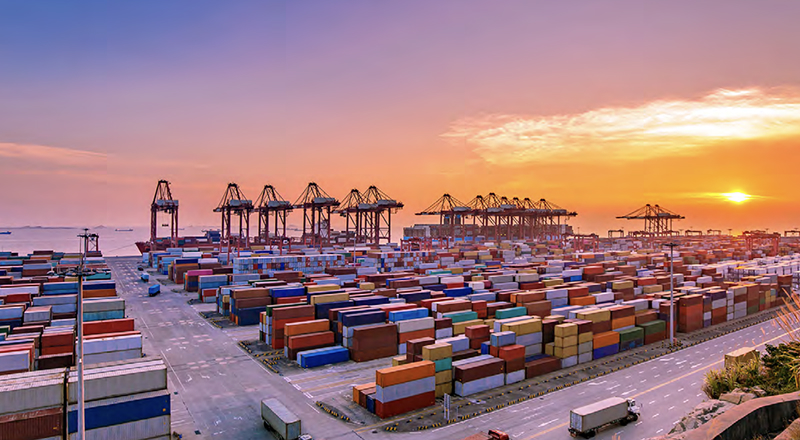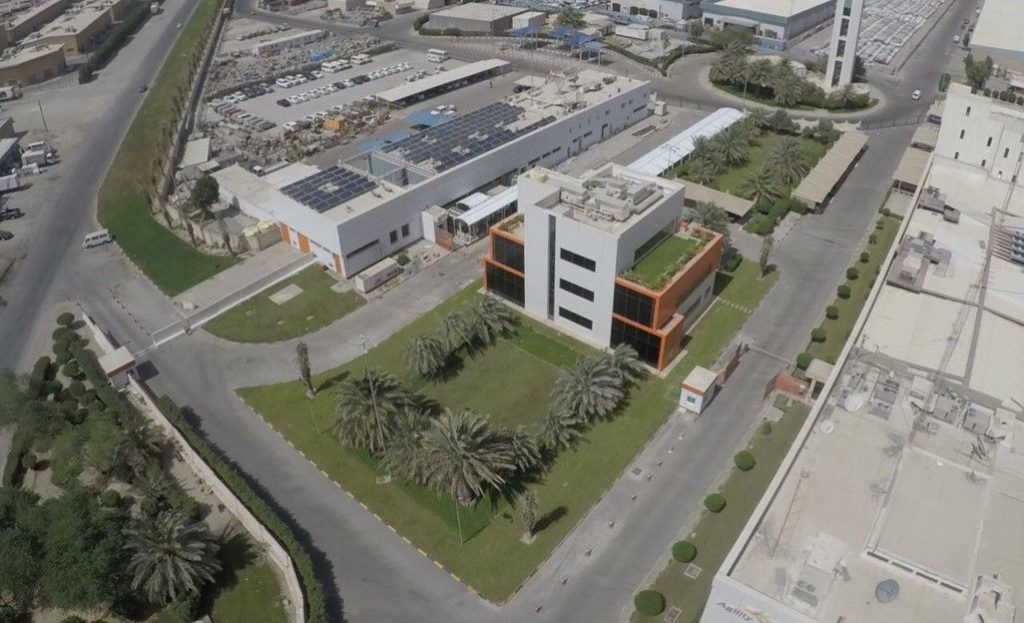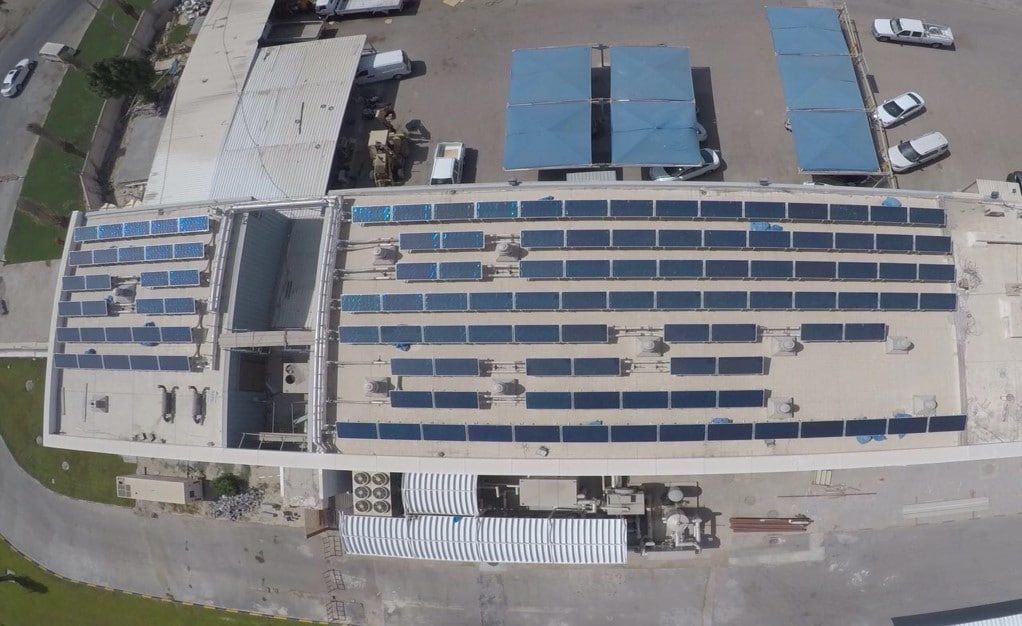Leveraging digital tools in the age of supply chain disruption

Kuwait-based Agility Logistics Parks customers can log-on to view contracts and make payments.
UK MOD personnel can log-in to the GRMS portal to schedule household relocation shipments.
Kuwait-based Agility Logistics Parks customers can log-on to view contracts and make payments.
UK MOD personnel can log-in to the GRMS portal to schedule household relocation shipments.
A look at the Gulf region where solar energy has been a tough sell in the face of cheap electricity subsidized by governments with abundant oil and natural gas.
Standard photo-voltaic solar systems have proved vulnerable to searing desert heat and frequent sandstorms. System installation costs have been too high, and paybacks too long and uncertain.
Today however, after a prolonged period of low oil and gas prices, Gulf countries are reducing or eliminating subsidies to consumers and commercial customers. Ambitious national economic diversification plans call for energy conservation and mandate cuts in consumption, along with blueprints for development of green communities and cities deriving most if not all of their energy needs from renewable sources.
The introduction of revolutionary new high-vacuum solar thermal systems – a robust and highly efficient means for generating thermal energy – is proving to be a game-changer. Solar thermal is ideal for the intense Gulf heat and one particular type of high-vacuum technology is capable of operating with minimal output losses even after severe sandstorms.
Air conditioning for Agility’s corporate headquarters in Sulaibiya, Kuwait is provided by a solar-driven cooling system that ran automatically and unattended for over 365 days with 98 percent reliability. In addition to delivering consistent and reliable energy output, the system, powered by a solar field manufactured by TVP Solar, SA of Switzerland, contributed 43 percent of the points necessary for the new building’s LEED Sliver certification. Highest output is achieved from 10am to 3pm each day in a climate where outside temperatures can reach 54 degrees centigrade (129°F), supplying 70 percent of the facility’s required cooling load.
Agility has invested in TVP Solar and is introducing the technology to commercial and industrial customers, says Steve Lubrano, CEO of Alternative Energy Solutions, an Agility affiliate.
Lubrano says the solar-thermal system and its components are relatively maintenance-free and are integrated into existing buildings. Despite blowing sand and dust, users need not worry about precision cleaning of panels because of their remarkable efficiency and ability to capture both direct and diffuse light.
The technology is becoming even more attractive as electricity costs rise and solar-thermal payback periods fall from a previous six to nine years to a more feasible three to five years.
Interest is expected to intensify as Gulf governments look to expand and “green” their energy production capabilities to ensure supplies for new industry and for energy-intensive uses such as water desalination.
“Oil-dependent countries have come to realize that if they’re burning it, they can’t sell it. That might not be a problem today, but it will be down the road,” Lubrano says. “So we’re seeing a sea change. Kuwait, UAE, Saudi Arabia and others have implemented energy mandates and have made plans for cities powered almost exclusively by renewable sources. We’ve gone from a lack of interest to, wow, ‘You mean you can provide energy and reduce electricity demand at the same time?’ ”
When implemented at scale, Lubrano says, “Yes, we can.”
Oil-dependent countries have come to realize that if they’re burning it, they can’t sell it. That might not be a problem today, but it will be down the road.

